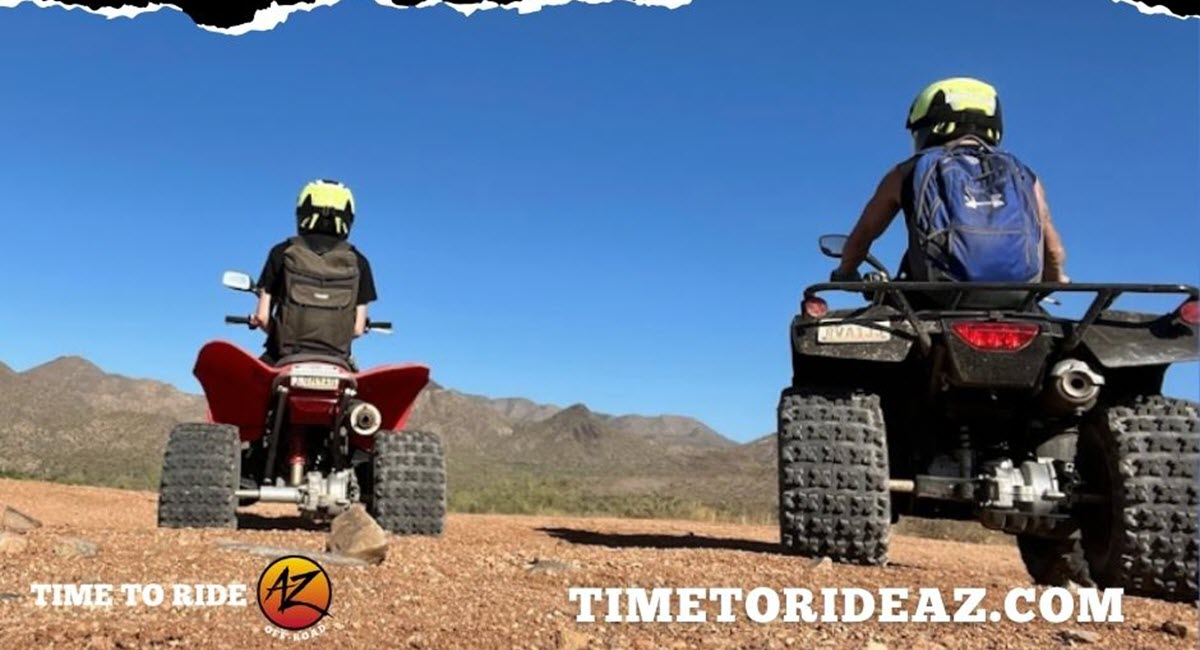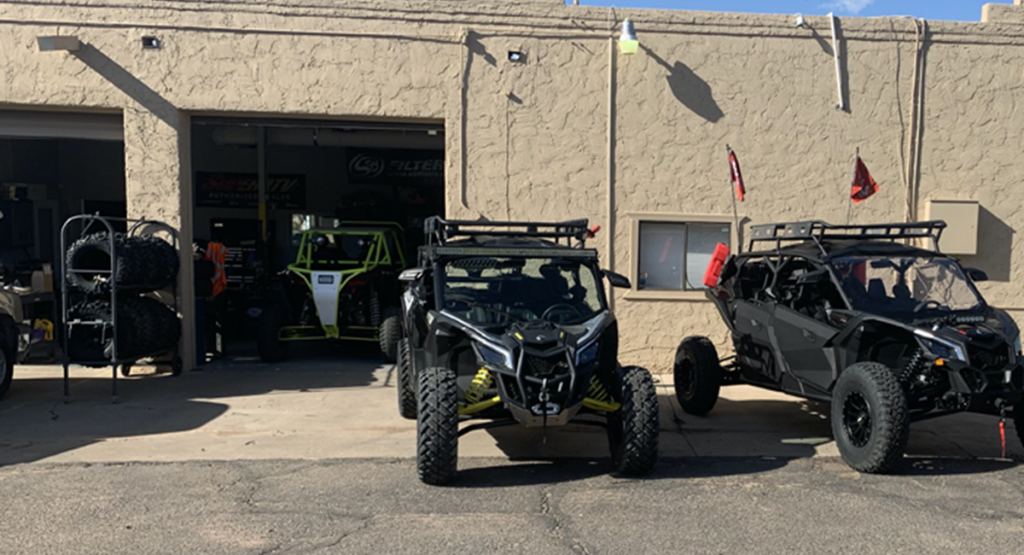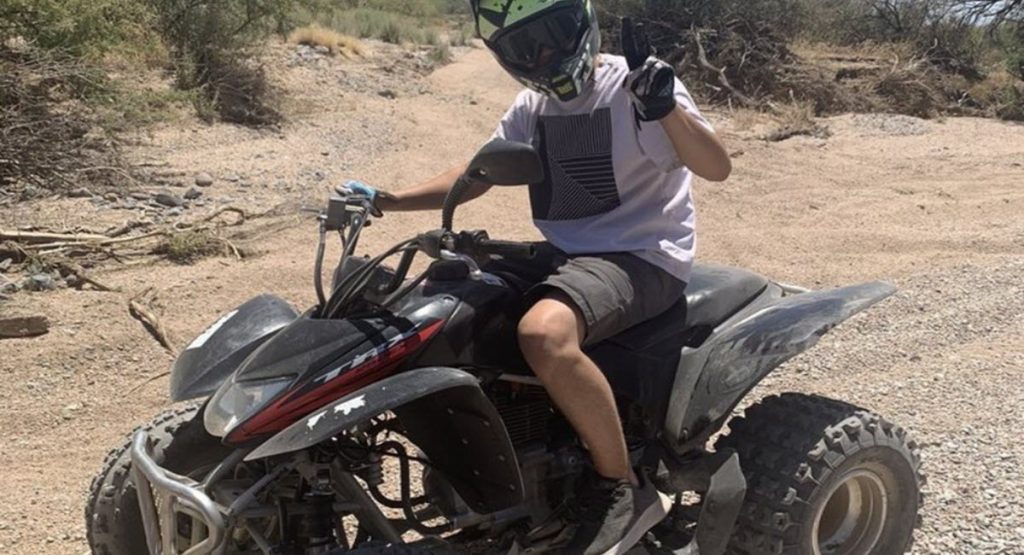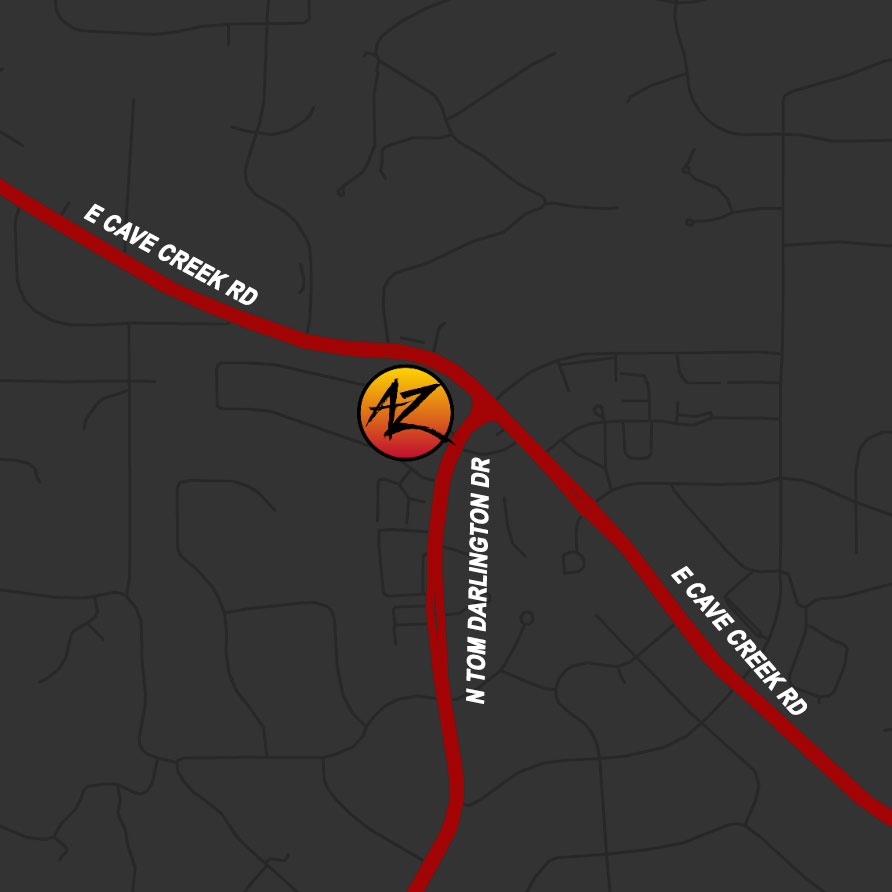
Safety Gear You Should Wear As An ATV Rider
All-terrain vehicles (ATVs) are a thrilling way to explore off-road terrain and enjoy the great outdoors. However, the excitement of ATV riding should always be accompanied by a strong commitment to safety. Wearing the right safety gear is crucial to protect yourself from potential accidents and injuries while enjoying your ATV adventure.
- Helmet: The helmet is perhaps the most critical piece of safety gear for an ATV rider. Head injuries are among the most severe and life-threatening injuries that can occur in ATV accidents. A DOT (Department of Transportation) approved helmet should be worn at all times when riding an ATV. It should fit snugly and securely, covering your entire head, including your forehead and the back of your neck. A properly fitting helmet can absorb and disperse impact energy, reducing the risk of traumatic brain injuries.
- Goggles or Face Shield: Protecting your eyes is crucial when riding an ATV. Flying debris, dust, insects, and even branches can pose a serious threat to your eyesight. Goggles or a face shield can keep your eyes safe from these potential hazards. Make sure they are designed for off-road use and offer clear vision in various conditions.
- Gloves: Your hands are highly susceptible to injuries while riding an ATV. Gloves not only provide a better grip on the handlebars but also protect your hands from blisters, cuts, and abrasions. Choose gloves that offer a combination of comfort, flexibility, and durability. ATV-specific gloves often come with added features like reinforced knuckles for extra protection.
- Riding Boots: Appropriate footwear is essential to keep your feet and ankles safe. ATV riding boots should be sturdy and provide ankle support to minimize the risk of sprains and fractures. Look for boots with non-slip soles to maintain a firm grip on the footrests and prevent slipping in muddy or uneven terrain.
- Long-sleeved Clothing: Wearing long-sleeved shirts and pants can protect your arms and legs from scratches, cuts, and insect bites. Additionally, long clothing can offer some protection from sunburn and windburn during long rides. Opt for lightweight, moisture-wicking materials that keep you cool and comfortable while providing adequate coverage.
- Chest and Back Protector: A chest and back protector is an excellent investment for ATV riders, especially if you ride on rugged terrain or engage in competitive off-road activities. These protectors help cushion and shield your upper body from impacts, reducing the risk of broken ribs or spinal injuries.
- Body Armor: For those who engage in aggressive off-road riding or racing, full-body armor may be necessary. This gear includes shoulder, elbow, and knee pads to safeguard your joints from injury. Body armor typically incorporates impact-absorbing materials to offer comprehensive protection.
- Neck Brace: A neck brace, also known as a cervical collar, can be a crucial addition to your safety gear if you ride aggressively or on challenging terrain. It helps restrict excessive neck movement, reducing the risk of serious neck injuries in the event of a crash.
- Kidney Belt: A kidney belt provides support to your lower back and helps reduce the strain on your spine during rough rides. It can also offer added protection in case of sudden impacts or falls.
- Hydration Pack: Staying hydrated is vital when riding an ATV, especially in hot weather. A hydration pack is a convenient way to carry water and stay refreshed during your ride. Dehydration can lead to reduced concentration and increased fatigue, both of which can contribute to accidents.
- Communication Equipment: If you ride with a group or in remote areas, having a communication device like a two-way radio or a satellite phone can be a lifesaver in case of emergencies. Being able to call for help quickly can make a significant difference in the outcome of an accident.
- First Aid Kit: Carrying a compact first aid kit with essential supplies such as bandages, antiseptic wipes, and pain relievers is a smart precaution. In the event of minor injuries, having immediate access to first aid supplies can prevent complications.
- Reflective Gear: If you ride your ATV on public roads or during low-light conditions, reflective gear is essential to make yourself visible to other drivers. Reflective vests or decals on your ATV can significantly enhance your safety.
- ATV-Specific Gear: Some ATV-specific gear items, such as chest protectors and riding jerseys, are designed with additional padding and protection in key areas. Investing in gear made explicitly for ATV riding can provide an extra layer of safety.
Contact Time To Ride AZ Today
Contact us for thrilling self-guided ATV/UTV tour rentals at Time to Ride AZ, nestled in the picturesque desert landscape of Cave Creek, Arizona. Whether you’re an adrenaline junkie seeking an off-road adventure or a nature enthusiast looking to explore the stunning Sonoran Desert, our rental services offer the perfect opportunity.
With top-of-the-line vehicles and a range of scenic trails to choose from, Time to Ride AZ ensures an unforgettable experience for riders of all skill levels. Contact us today to embark on an exhilarating journey through the rugged beauty of Cave Creek’s terrain.





